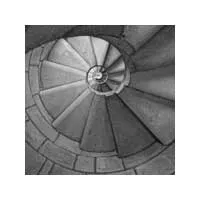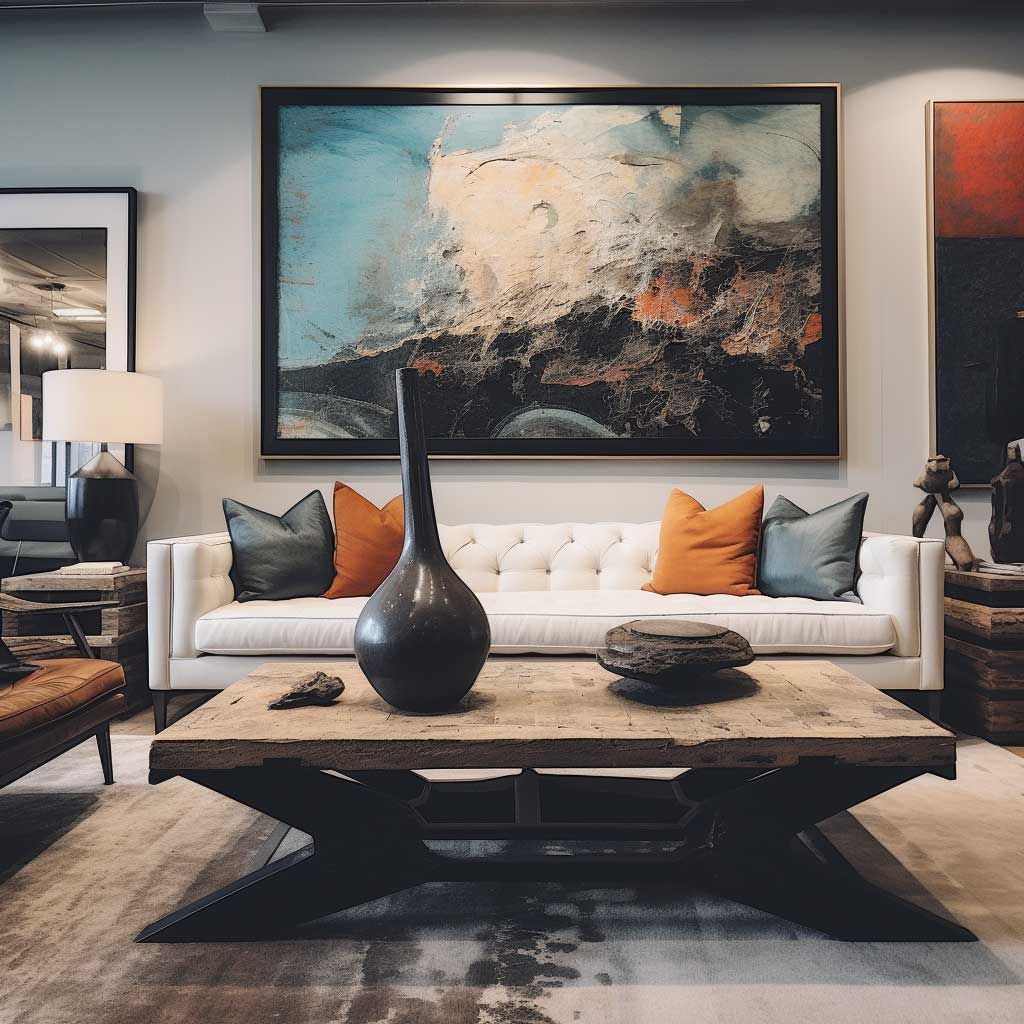The ambiance of a preschool plays a pivotal role in the learning and development of young minds. The right room decoration for preschool settings can inspire creativity, foster a sense of belonging, and create a conducive environment for both teaching and learning. In this guide, we’ll delve into three essential decoration elements that every preschool should consider to enhance their space.
Whimsical Wall Murals




The ambiance of a preschool plays a significant role in shaping young minds. One of the most impactful room decoration for preschool settings is the use of whimsical wall murals. These murals not only beautify the space but also serve as educational tools, sparking imagination and curiosity among children.
Wall murals have been used for centuries as a form of artistic expression, storytelling, and communication. In the context of a preschool, they take on an even more profound significance. They become windows to different worlds, gateways to imagination, and tools for imparting knowledge.
The choice of design for a wall mural in a preschool setting is crucial. It should resonate with the age group, be colorful, and have elements that children can relate to and learn from. For instance, a mural depicting a vibrant underwater scene can introduce children to various marine animals, the concept of water habitats, and the importance of marine conservation.
Another popular theme for room decoration for preschool settings is the universe. A mural showcasing planets, stars, and galaxies can instill a sense of wonder and curiosity about space, science, and exploration. Such murals can be interactive, with labels for planets, shooting stars, and even fun facts that teachers can use as teaching aids.
But whimsical wall murals aren’t limited to educational themes. They can also be abstract, with shapes, patterns, and colors designed to stimulate sensory perception and cognitive development. For instance, a mural with different geometric shapes can be used to teach children about circles, squares, triangles, and more.
The process of creating the mural can also be turned into a learning experience. Engaging children in the design process, letting them choose themes, colors, and even assisting in painting can foster creativity, teamwork, and a sense of ownership. It also allows children to express themselves, share their ideas, and see them come to life on the walls of their preschool.
Whimsical wall murals are more than just room decoration for preschool settings. They are canvases that tell stories, impart knowledge, and inspire young minds. By incorporating them into the preschool environment, educators can create a vibrant, interactive, and stimulating space that nurtures both learning and imagination.
Interactive Learning Corners




Room decoration for preschool goes beyond aesthetics. It’s about creating spaces that facilitate learning, interaction, and exploration. One of the most effective ways to achieve this is through interactive learning corners, specialized areas designed to offer hands-on learning experiences.
In the early stages of development, children learn best through interaction and play. Traditional teaching methods, which rely heavily on verbal instruction, might not be as effective for preschoolers as interactive learning. This is where interactive learning corners come into play.
These corners, strategically placed within the classroom, are themed areas equipped with tools, toys, and materials related to a specific topic. For instance, a science corner might have magnifying glasses, samples of different materials like sand, rocks, and leaves, and even simple experiments that children can conduct.
Another popular room decoration for preschool classrooms is the reading corner. Filled with colorful books, comfortable seating, and even audio tools, this corner becomes a haven for stories, imagination, and language development. Teachers can organize story sessions, where children gather around to listen, imagine, and even enact parts of the story.
Math corners, art corners, and sensory corners are other examples. Each corner is designed to target specific skills and knowledge areas, providing children with a holistic learning experience. The materials in these corners are rotated regularly to keep the learning fresh and exciting.
The design and room decoration for these preschool corners are crucial. They should be inviting, colorful, and safe. Clear labels, easy-to-access materials, and interactive tools like touch screens or audio devices can enhance the learning experience.
Interactive learning corners are the heartbeats of a modern preschool classroom. They encapsulate the essence of hands-on learning, providing children with opportunities to explore, interact, and learn at their own pace. As a room decoration for preschool settings, they bridge the gap between play and education, making learning a fun and exciting journey.
Nature-Inspired Play Areas




Incorporating nature into educational spaces has always been a way to foster a deeper connection between children and the environment. When it comes to room decoration for preschool settings, nature-inspired play areas stand out as a blend of learning, play, and environmental awareness.
The importance of nature in a child’s development cannot be overstated. Nature stimulates all senses – sight, sound, touch, smell, and even taste. It encourages curiosity, exploration, and a sense of wonder. In a world increasingly dominated by screens and indoor activities, creating a nature-inspired play area in preschools is a step towards balancing modern education with natural experiences.
One of the primary elements of a nature-inspired play area is the use of natural materials. Wooden furniture, bamboo structures, and even stone or pebble pathways can transform a regular play area into a mini nature reserve. These materials are not only environmentally friendly but also provide varied textures for children to touch and feel, enhancing sensory development.
Plants play a pivotal role in these play areas. From potted plants to vertical gardens and even small indoor trees, greenery can be integrated into the room decoration for preschool spaces in various ways. Plants not only purify the air and create a calming ambiance but also introduce children to botany, growth cycles, and the importance of caring for living things.
Water elements, like small fountains, fish tanks, or even simple water play tables, can be added to introduce children to the wonders of aquatic life and the properties of water. The soothing sound of flowing water also has a calming effect, making the play area a place of relaxation and tranquility.
Nature-inspired play areas can also incorporate elements like bird feeders, insect houses, and even small pet corners with animals like rabbits or guinea pigs. These features teach children about different species, their habits, and the importance of coexistence.
While designing these areas, safety is paramount. All materials should be non-toxic, and plants chosen should be non-allergenic and non-poisonous. The design should allow for easy supervision, ensuring that children can explore and play without any risks.
Nature-inspired play areas are more than just room decoration for preschool settings; they are hubs of learning, exploration, and growth. They provide children with a slice of nature, right within the confines of their educational space, fostering respect for the environment, curiosity about the natural world, and a love for all living things.
Room decoration for preschool settings is more than just aesthetics; it’s about creating a space that resonates with the innate curiosity of children. By integrating elements like wall murals, interactive corners, and nature-inspired areas, preschools can offer a rich, stimulating environment that nurtures young minds and fosters a lifelong love for learning.






